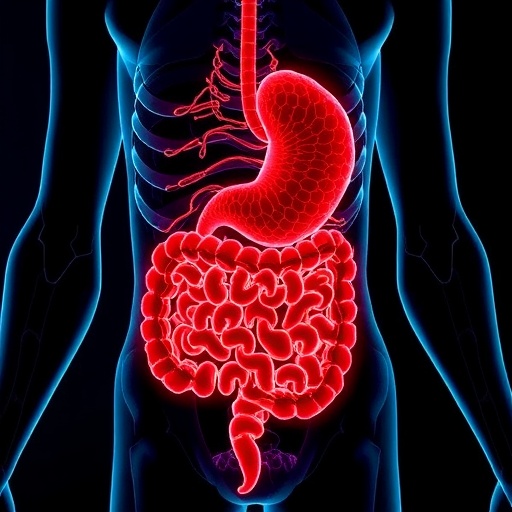Indian women are younger and leaner than Swedish women when they develop gestational diabetes, a new study from Lund University shows. The researchers also found a gene that increases the risk of gestational diabetes in Swedish women, but which, on the contrary, turned out to have a protective effect in Indian women.
Gestational diabetes is characterized by impaired insulin production and insulin secretion during pregnancy. The prevalence differs between different populations and can partly be explained by lifestyle and genes. The purpose of the study was therefore to investigate the differences between pregnant women in India and Scandinavia.
“Individuals with Asian origin have two to seven times greater risk of developing the disease compared to Europeans,” says Geeti Aurora, a physician in the Indian state of Punjab, and researcher at the Lund University Diabetes Centre who conducted the study in India.
The study includes 507 Swedish women from Malmö and 4,018 Indian women from the state of Punjab. The results have subsequently been replicated in cohorts with 398 women from Finland and 780 from Norway. The diagnosis criteria in Sweden is 10 mmol/l after a two hours glucose tolerance test. To be consistent across all studies, they used the same criteria in all the studies and therefore ended up with a total of 5703 study participants from all studies of whom 274 had gestational diabetes.
It is the largest study to date comparing gestational diabetes in Europeans and non-Europeans and the first study to compare the incidence of gestational diabetes in India with Sweden.
The result shows that the incidence of gestational diabetes was higher in Indian women than in Swedish women. Indian women are on average ten years younger when they develop the disease, they are also leaner and more insulin sensitive.
“That Indian women seem to develop gestational diabetes already at a lower BMI even though they are insulin sensitive could indicate a more serious defect in insulin secretion,” says Rashmi Prasad, researcher at Lund University’s Diabetes Center, who led the study.
The researchers examined 85 previously known risk genes for gestational diabetes and type 2 diabetes. One of them could be linked to gestational diabetes in Indian women but not in Swedish. On the contrary, another gene, CRY2, which is of importance to the circadian rhythm, was found to have a protective effect in Indian women but is associated with increased risk in Swedish women.
“It is interesting that the same gene has the opposite effect in the Indian and Swedish population and the question is whether it can be related to the shifting seasons in Scandinavia which don’t occur in India”, says Rashmi Prasad.
India with its 1.3 billion inhabitants has great genetic differences. People from northern India share similar genetics with individuals from the Middle East, Central Asia, and to some extent Europe, while India’s southern population belongs to a more proprietary genetically defined group. The country has the highest number of people with type 2 diabetes in the world and the number is increasing dramatically.
###
Media Contact
Rashmi Prasad
[email protected]
http://dx.




